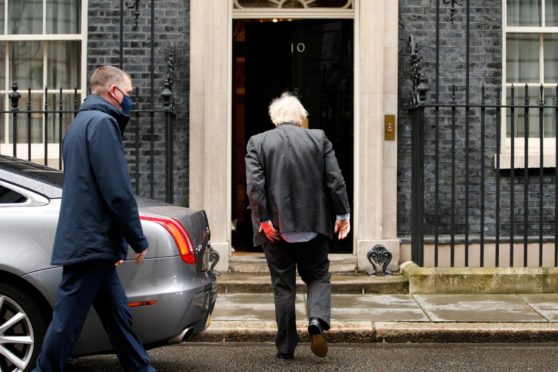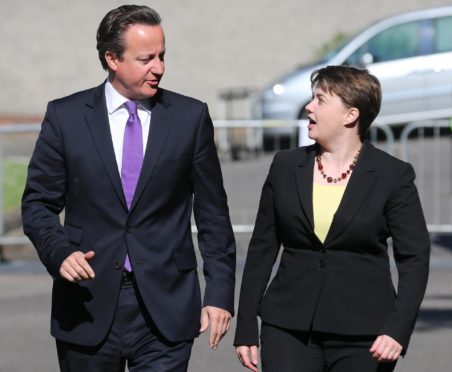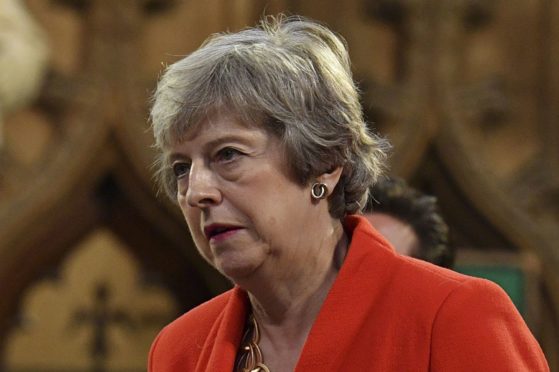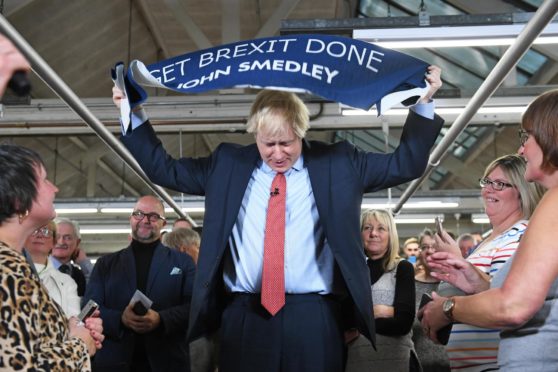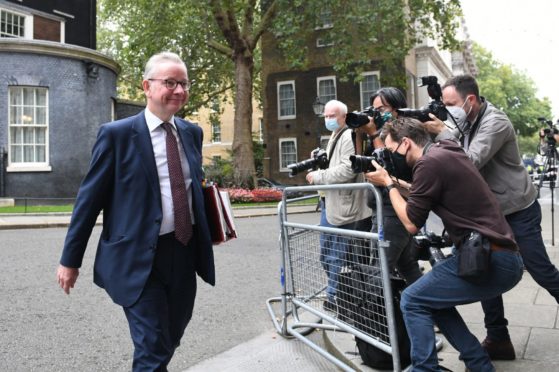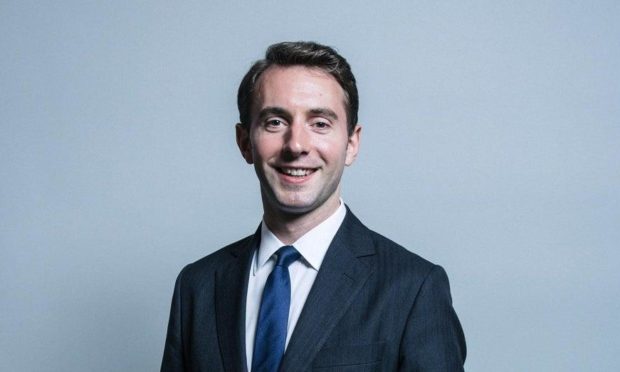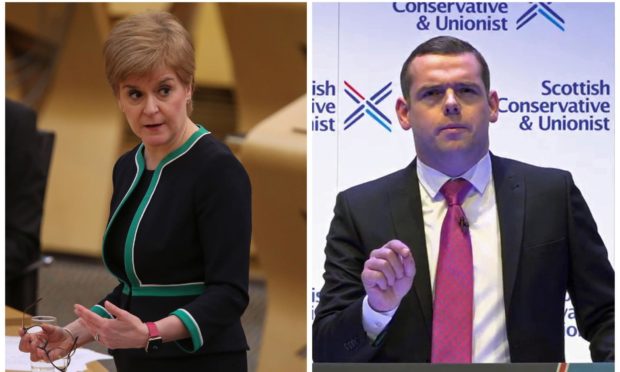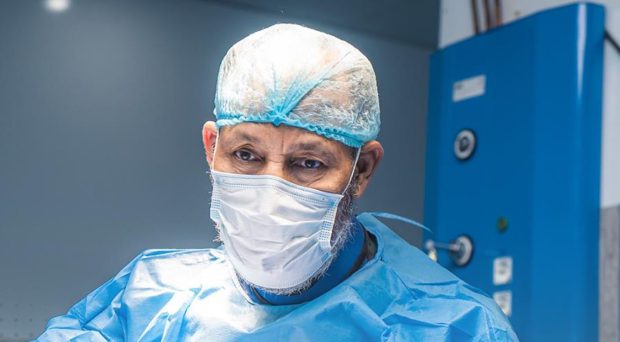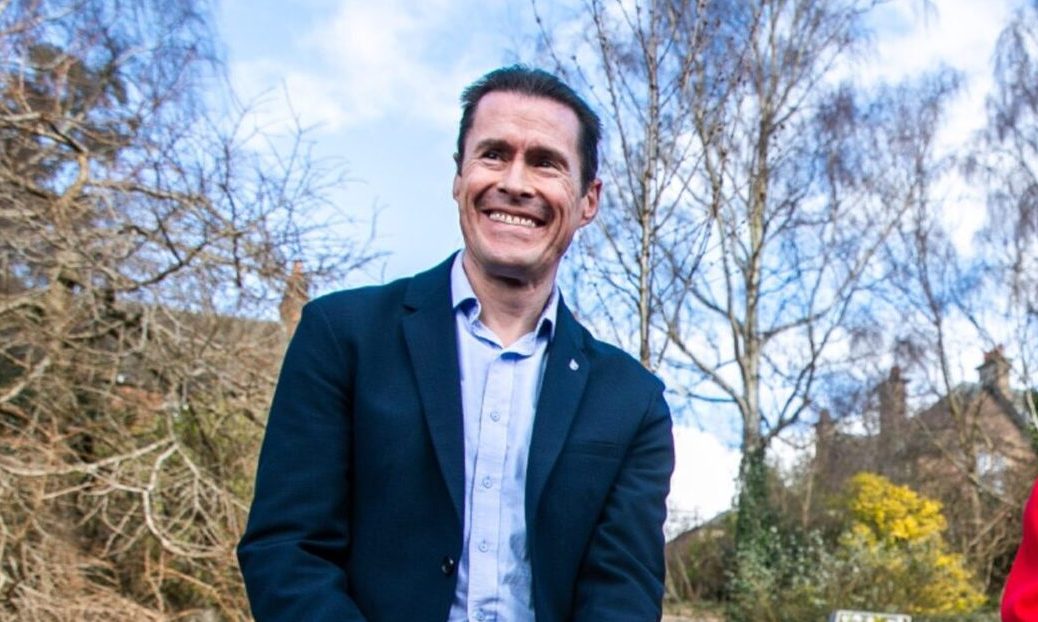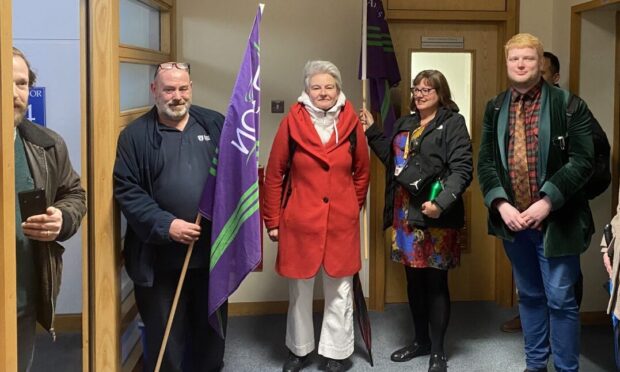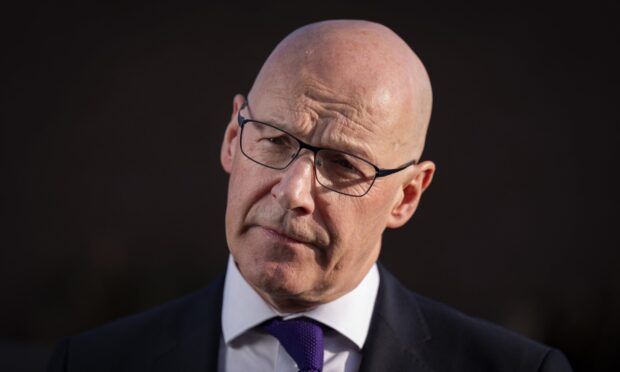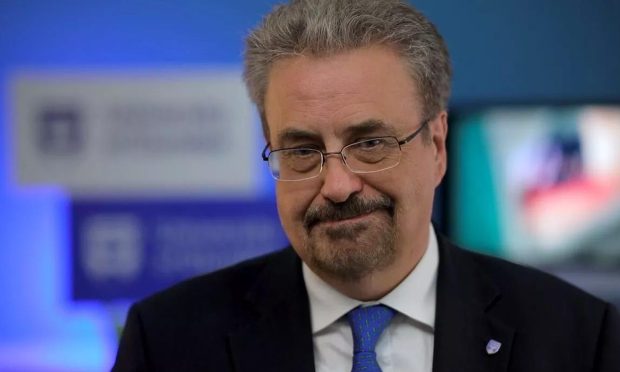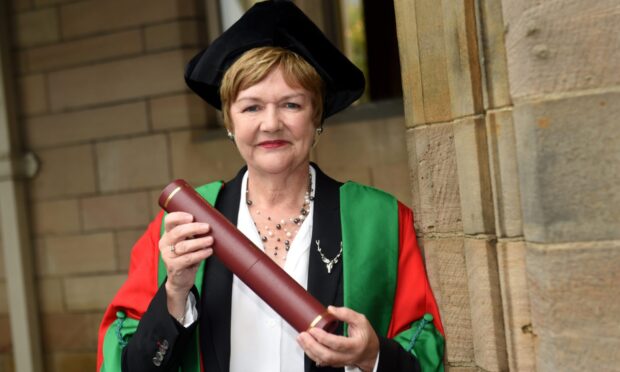As coronavirus took hold of the nation last March and Brits began preparing for life in lockdown, Number 10 were quietly fretting over another crisis that was beginning to loom large – the future of the Union.
Brexit and the arrival of Boris Johnson in Downing Street had reenergised Scotland’s independence movement, and the lead the unionists had enjoyed for so long in the polls was starting to ebb away.
The 2019 general election saw the number of Scottish Tory MPs fall from 13 to six, but more significantly the poll saw the SNP return 48 MPs – an undeniable yellow surge that placed independence firmly back on the agenda.
To turn the tide, Number 10 and the Cabinet Office decided to establish a policy unit in the heart of Westminster that would be dedicated to the union.
A former Scottish MP was given sole charge of the “union unit” with a brief to take the fight to the SNP, streamline UK Government policy to make it union friendly and be the behind the scenes coordinator/fixer for Scotland.
Eleven months later and that man, Luke Graham, has been sacked on the back of 20 opinion polls showing majority support for independence.
Some have tried to blame Mr Graham for not turning the union’s fortunes around, but the fate of the union is not in the hands of any one person. The seeds of today’s problems were sewn many years ago.
This is the story of how Number 10 left the field and are now scrabbling to get back in the game.
‘Dave knew best’
Multiple sources have told us that the “golden era” was with David Cameron in Number 10 and Ruth Davidson at the helm of the Scottish party.
Davidson was inspired to join the Tories by Cameron and got on well with the former prime minister.
“It was the best set up and that was proved electorally,” Davidson’s former director of communications Adam Morris told us.
“Cameron and George Osborne would effectively just say, ‘Ruth you just do what you want, you’re the boss, you tell us what you need.
“It was just a good relationship and a good understanding.”
But with the Brexit loss in 2016, Cameron’s position became untenable and he was swiftly replaced by then Home Secretary Theresa May.
“That’s when the slip really started,” a veteran of the era told us.
Right from the off there were clashes between Davidson’s office and May’s then top adviser Fiona Hill, who is from Greenock, over the direction of the Scottish party.
The success of the 2017 election for the Tories north of the border brought more tension, as the Scottish party and “team Ruth” had clout in the Commons.
Internal nit-picking over which attack lines to take or union policies to advance were trumped however by Brexit.
“It took up so much bandwidth, there wasn’t time to think about what the SNP were doing”, one source told us.
Get Brexit done
The Brexit behemoth would eventually swallow May’s premiership – paving the way for the current incumbent of Downing Street.
With Johnson’s arrival however, relations with Edinburgh would only sour further.
“There was an obvious distrust from Boris and his people, he obviously felt we were just a bunch of remainers who had spent months slagging him off”, Mr Morris said.
That distrust materialised itself with the sacking of Scotland Office veteran and Davidson ally David Mundell, who had been in Dover House since 2010.
“That move was more about settling scores than thinking about what was best for the union”, a source told us.
Alister Jack, who was part of the 2017 Tory intake, took over but he didn’t have the “institutional memory” that Mundell did or the contacts across Whitehall.
Mundell’s departure was soon followed by Davidson’s exit in Edinburgh and for a while the party seemed “lost at sea”, with the focus in Westminster still squarely on Brexit, rising support for independence was largely going unchecked.
Not nearly enough fear
At the Tory party conference in Manchester in 2019, a senior Whitehall figure briefed Scottish journalists that there wasn’t “nearly enough panic” in Number 10 over polling that showed the idea of an independent Scotland was gaining momentum.
The stories and polling sparked Aberdeen born Michael Gove into action and he began privately calling for the creation of the union unit.
Mr Graham, the former MP for Ochil and South Perthshire, was deemed the man for the job – but sources have told us many inside government were left “frustrated” over his unit’s “inaction”.
His sacking was “on the cards for a long time”, one source said.
“It’s not Luke’s fault but to do that role you have to have clout in Number 10 and he just didn’t.”
“It’s not so much what was going wrong as much as there was not enough happening. There was a feeling of inaction.”
Mr Graham has been replaced by Oliver Lewis, a Vote Leave protégé of Dominic Cummings.
Sources who know Lewis have said he is “a street fighter” who will “get things done”.
We understand that Lewis has already had conversations with the Scottish Tory party about strategy and will be having further talks in the weeks ahead.
Lewis, we’re told, was the man who convinced Johnson to alter the Northern Ireland protocol in the Internal Market Bill last year – sparking accusations the UK Government was breaking internal law.
“He won’t leave any stone unturned in the fight against the SNP”, a source said.
Too many cooks spoil the Scotch broth?
The union unit is of course not the only body with a mission to “save the union”, there is Gove’s union task force, which has all but evaporated, a Cabinet Office sub-committee also meets regularly to discuss union strategy, Johnson is minister for the union, there’s the Scotland Office and then the Scottish Tory party.
These bodies often don’t talk to each other and as a result policy and strategy emerges in a disjointed way.
A former minister told us: “There’s a lack of clarity and too much overlap, the Cabinet Office, union unit and Scotland Office have to create a clearer strategy, that much is obvious.
“Oliver Lewis is a big hitter and hopefully he can organise it.”
Mr Morris said the level of overlap was “bonkers”, adding: “I feel like Downing Street are overreaching, you’ve got the union unit, a task force, Boris is minister for the union.
“I don’t think these people understand Scotland.
“The fight has to be fought in Scotland, Number 10 have to say to Douglas Ross, ‘tell us what you need, what do you want us to do and we will do it’.
“Simple as that, they need to trust people who work in the party in Scotland.”
What next?
The Scottish party is being given free rein to fight May’s Holyrood elections, with support being offered only when asked for.
Douglas Ross has this week challenged Nicola Sturgeon to a head to head debate and has begun to make more of an emotional case for the union.
Mr Morris welcomed the move, he said: “The technical arguments, the things like every man, woman and child will be £1,500 better off inside the union isn’t cutting through, I don’t think it’s working.”
How Ross performs in May will give Number 10 an indication of how big the challenge to save the union is and will shape the intensity of the campaign Lewis will lead this year.
